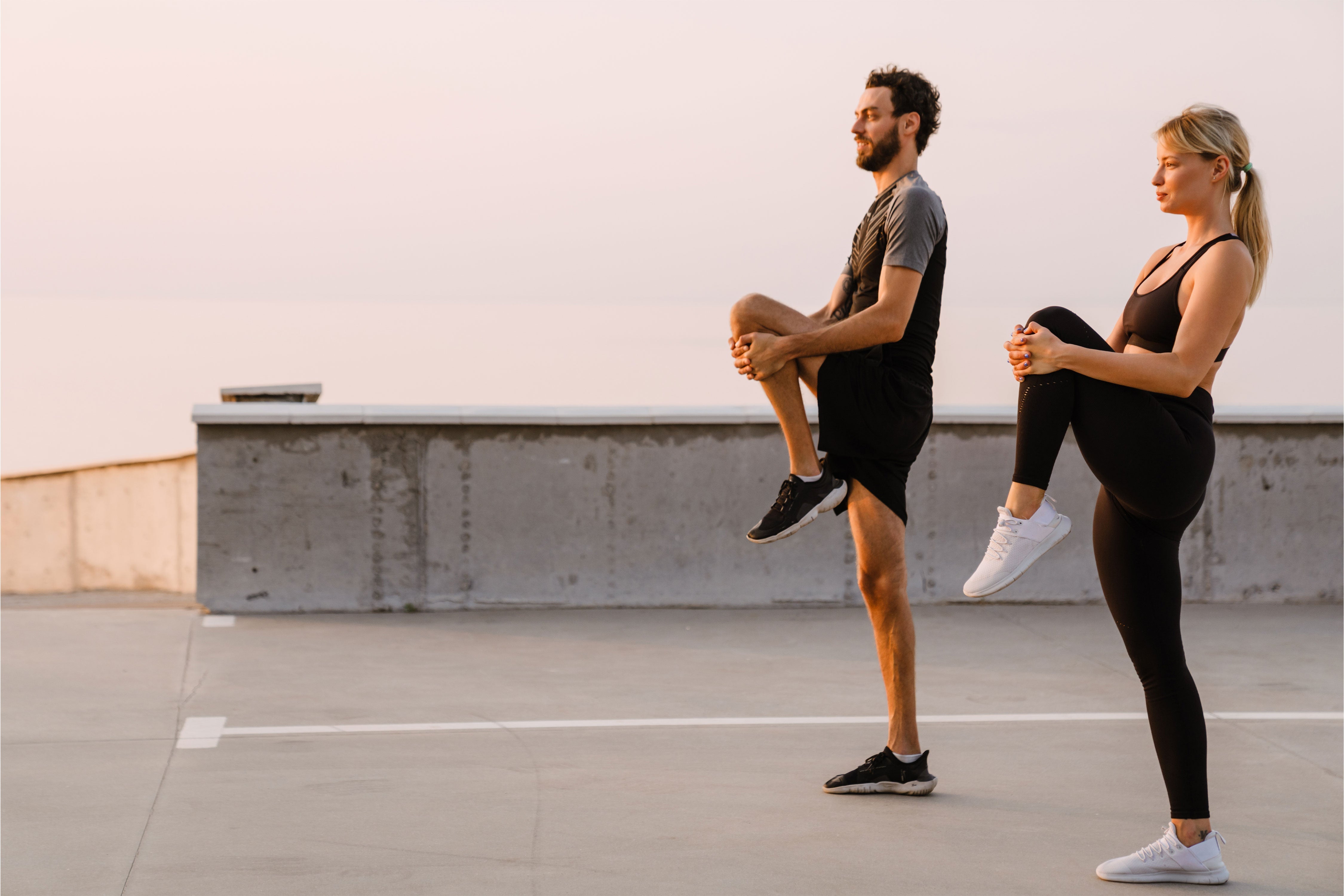Every time we engage in physical exercise, our muscles undergo a series of microscopic tears, leading to the inevitable soreness that follows. While this pain is a testament to our hard work and dedication, it also signals the need for proper post-workout recovery. One of the unsung heroes in this recovery process is none other than electrolytes. These tiny charged particles play a crucial role in replenishing, rejuvenating, and revitalizing our muscles after a strenuous workout, enabling us to bounce back stronger than ever.
The Role of Electrolytes:
Before we dive into the intricate dance between electrolytes and muscle recovery, let's first understand what electrolytes are. Electrolytes are essential minerals that carry an electric charge and are found in bodily fluids like blood, sweat, and tears. The major electrolytes include sodium, potassium, calcium, magnesium, chloride, phosphate, and bicarbonate.
During exercise, especially intense activities like running, weightlifting, or cycling, we sweat profusely, losing substantial amounts of these critical electrolytes. As we sweat, we flush out not only water but also these essential minerals from our bodies, leaving us in a state of electrolyte imbalance.
Recovery Process:
Post-exercise, our muscles crave replenishment and repair. This is where electrolytes step onto the stage as the key performers in the recovery dance. Let's break down how they aid in muscle recovery:
- Fluid Balance: Electrolytes help regulate fluid balance within our cells and tissues. As they are dissolved in bodily fluids, they attract and retain water. This mechanism ensures that the water we consume is effectively distributed to where it is needed most, aiding in rehydration.
- Muscle Function: Electrolytes play a pivotal role in muscle contractions and nerve impulses. Calcium, for instance, is essential for muscle contractions, while sodium and potassium are critical for nerve transmission. Adequate levels of these minerals ensure smooth and efficient muscle function during and after exercise.
- Minimizing Cramps: Ever experienced painful muscle cramps during or after a workout? Imbalances in potassium, magnesium, and calcium levels are often to blame. These electrolytes work in tandem to prevent muscle spasms and cramping, ensuring your muscles stay relaxed and responsive.
- Replenishing Energy Stores: When we exercise, our muscles use up their energy stores in the form of glycogen. Electrolytes like sodium and potassium play a vital role in glycogen storage and uptake, facilitating the restoration of these energy reserves after a workout.
- Reducing Inflammation: Intense exercise can lead to oxidative stress and inflammation in muscles. Electrolytes, particularly magnesium, have antioxidant properties that help combat inflammation, aiding in the recovery process.
Conclusion:
In the physiology of muscle recovery, electrolytes are the unsung heroes that deserve our applause. From maintaining fluid balance to facilitating muscle function and preventing cramps, these tiny charged particles work tirelessly to ensure our muscles recover and rebuild after every workout. As fitness enthusiasts, we must prioritize the intake of electrolyte-rich foods and beverages, especially after intense exercise. By doing so, we empower our bodies to heal efficiently, unlocking the full potential of our hard work and dedication. So, let's raise a glass (of electrolyte-rich water) to the unsung heroes of muscle recovery!
References:
- Pugh, J. N., Sparks, A. S., Doran, D. A., Fleming, S. C., Langan-Evans, C., Kirk, B., ... & Close, G. L. (2017). Four weeks of probiotic supplementation reduces GI symptoms during a marathon race. European journal of applied physiology, 117(7), 2519-2528.
- Shirreffs, S. M., & Sawka, M. N. (2011). Fluid and electrolyte needs for training, competition, and recovery. Journal of sports sciences, 29(sup1), S39-S46.
- Braun, H., Koehler, K., Geyer, H., Kleinert, J., Mester, J., & Schänzer, W. (2018). Myths and facts about the effects of physical cooling on performance, thermoregulation, and metabolism. Sports Medicine, 48(8), 1891-1909.



Leave a comment
All comments are moderated before being published.
This site is protected by hCaptcha and the hCaptcha Privacy Policy and Terms of Service apply.